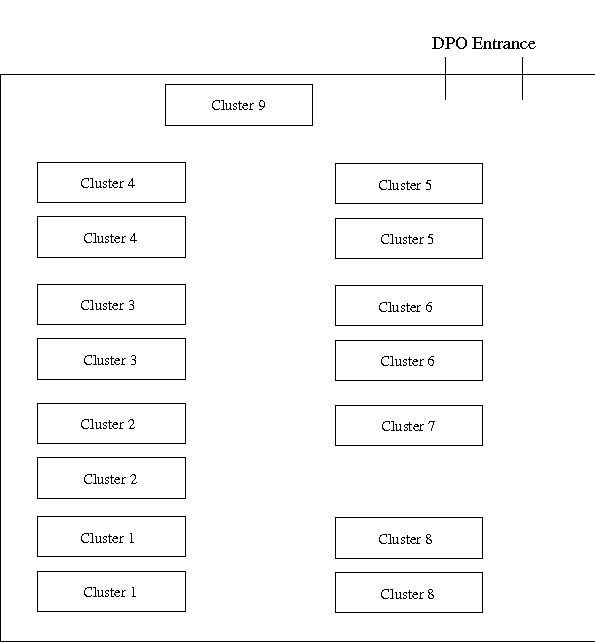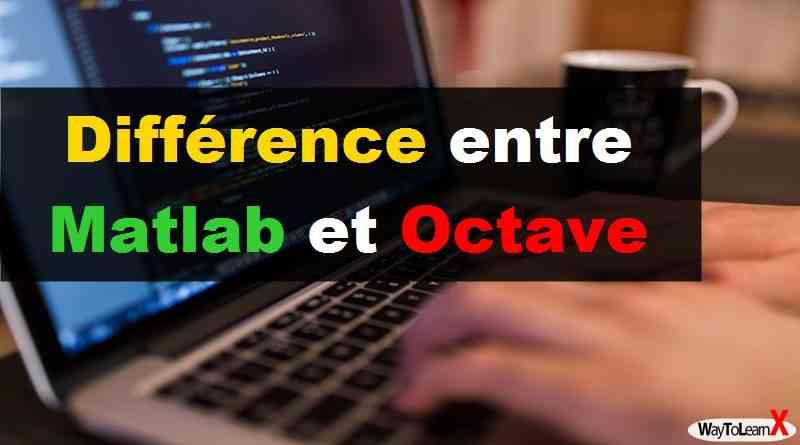

For example, if you run the following MATLAB code in Octave, the result will provide the same graphics as MATLAB. Octave supports the same basic matrix operations and plotting as MATLAB.

Note: The Octave demonstration feature is not as powerful as that of MATLAB, but it shows you the similarities between the two programs.

To see a demonstration, run: > demo waterfall Octave's "look and feel" is similar to MATLAB. If you are using Octave Version 4.0.0 but you do not want to use the GUI, add the -no-gui option: %> octave -no-guiįor comprehensive instructions on using Octave, see the GNU Octave documentation. To access a quick help guide: %> octave -help To check the version you are using: %> octave -version To see a list of versions available on NAS systems, run: %> module avail octave All of the previous versions run only with a command-line interface. The latest version of Octave, Version 4.0.0, includes a graphical user interface (GUI). If you rely on any of the MATLAB toolboxes, you may not want to switch to Octave (or, you can make an appropriate modification).įor detailed information about Octave, see the GNU Octave home page.įor a comparison of the two programs, see Differences Between Octave and MATLAB on the GNU Octave wiki page. However, Octave toolboxes are different from MATLAB toolboxes. Also, because the Octave language is similar to MATLAB, most MATLAB programs should be able to run on Octave. Its basic numerical functions are very similar to MATLAB, in terms of appearance and usage. GNU Octave is an open-source program that you can use as an alternative to MATLAB.


 0 kommentar(er)
0 kommentar(er)
